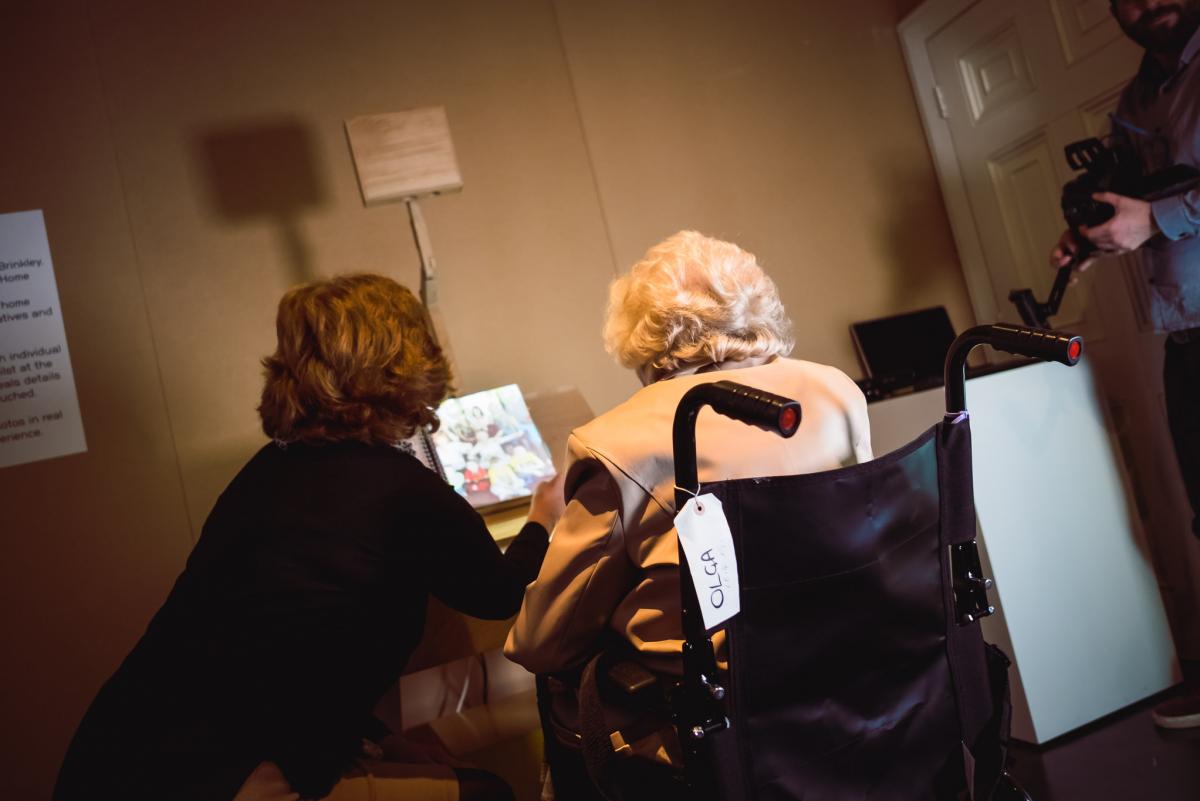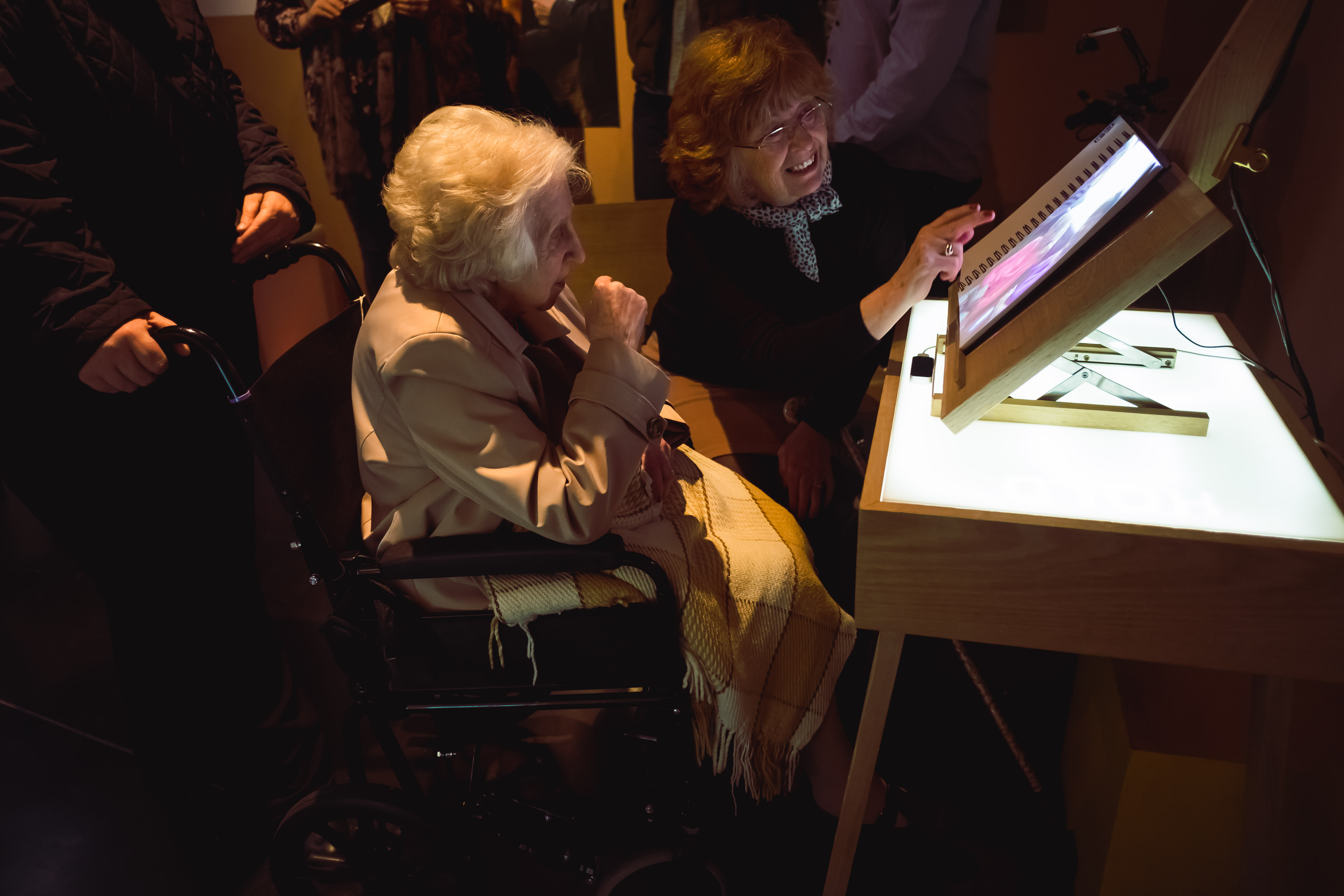
We have been making work that exists at the intersection of contemporary art practice and technology for over 10 years. In that time we have seen the presence of technology in all our lives going from innovative gimmick to essential to our very existence.
With this we have seen a shift in the approach to technology from the sector we work in. What began as a curiosity for many people, relegated to marketing exercises, has evolved into the heart of their programmes. That technology is everywhere today seems so self-evident it almost doesn’t need saying.
One of the main draws of technology for us has always been that pervasiveness. As a self taught technologists, our decade-long journey has been one of discovering our own language and approach to technology as much as it has been about learning how to code, solder and deploy the platforms we create. As such, tech is always a dance, sometimes an unwilling one, negotiating where scale of ambition, technical ability and technical possibility meet, and finding that friction is often where some of the most interesting work emerges. Our practice has not traditionally concerned itself with the meta of technology, i.e. looking at the industries that underpin it and the many and complex ethical and political issues surrounding our societal reliance on tech; rather we have always tried to approach digital as a medium and platform to explore and create new conversations around subject matters we were interested in exploring.
Most recently our work has focussed on conservation, and finding where the techniques and methodologies of a studio like ours intersect with science and active, on-the-ground conservation work so that the work we make not only functions as a means, bringing audiences closer to the environments, but also actively participates in the fight to preserve our planet. These projects have tended to be larger immersive installations. Alongside this we have also been running a longstanding programme of research and exploration of the use of interactive technology in a care setting, relating specifically to dementia. This has taken the form of smaller, more intimate work, often created with and only ever shared with the residents of a specific care home or a handful of families we are working with.

This project, which exists under the umbrella title of Remote Contact, has seen us working to create a series of prototypes and interventions into traditional care settings, creating playful interactive objects that are meant as the first articulation of a conversation about touch and care. One of the most effective of these was an interactive and augmented photo album designed for care homes and shared use by family members and residents, with a physical book onto which projected images, videos and sounds were mapped from an overhead projector. This was an attempt to combine the physical activity and mechanical and somatic familiarity of a book with the possibility for added interaction and richness of content that digital content delivery offers. A second prototype took the form a glove designed to map and capture the manner in which couples or family members held hands. Created initially in partnership with a couple (one of whom now lives with dementia) who used to enjoy long walks together, the design came together as we talked of how the way in which they held hands was slowly changing from a gesture of love and affection to a gesture of physical support. The glove used an array of sensors to profile the strength and pressure points of the way in which they held hands as well as map pulse and galvanic skin response. By capturing the GPS data of these walks we could map the emotional and physical sensor data to place and the route they had taken.
There are two distinct phases of a digital design that relies on interaction. The first is input and the second is output. Designing the two is a perfect example of the frictions and meeting places between the tech and the ‘art’ of a work. The input in this case comes from the array and multiple sensors that are embedded in the glove and borrow from a design field of wearables and medical assistance devices. But our intention here is not necessarily to create data that can function in a medical or diagnostic capacity. Rather it is to bring to bear a greater scrutiny of the way in which we perform small gestures of intimacy and care and how living with dementia can affect and change these. By grabbing this data we don’t just have a series of numbers in a database, rather we have an abstraction of a shared moment in time, of physical proximity and love in the face of a disease and of a time spent together in a place. Our output in this case was a series of small custom created music boxes. These boxes held a recording of the location of the walk, a wooden case inscribed with the GPS route and a small mechanical music box that played a melody created from the data of the walk. These 20 minutes of someone’s life are abstracted down into a small, fragile, beautiful object to sit on a mantlepiece or a coffee table, a moment in time frozen and re-playable.

This is why we use technology and are constantly drawn back to it: by thinking of it in a malleable way, like a medium, it allows us to uncover new aesthetics and new ways to approach conversations and real-world interactions. The pervasiveness of digital tech across sectors and in all elements of our lives allows us to create work that can exist far beyond any traditional perception of art and rather allow it to participate directly in people’s lives and in the world around us.
About Invisible Flock
Invisible Flock is an award winning interactive arts studio operating at the intersection of art and technology.
We believe that art today must have a positive impact on society and the world we live in and that as artists we have a responsibility to open up collective thinking and to build space for critical inquiry.
Drawing directly from the world around us we aim to create art and foster relevant practices that have a long lasting transformative effect and that sit across multiple contexts and adjacent sectors, allowing us to bring our creative thinking and unique ways of employing technology to bear in contexts such as education, design, the developing world, urban planning and healthcare.
We create highly sensory installations and environments asking us to re-negotiate our emotional relationship to the natural world.
Over the last ten years we have created GPS powered AR art games, transformed discarded beach plastic into 3D printed artworks, built mechanical sound responsive flowers, co-designed work with individuals living with dementia, created large ambisonic public sound installations as well as pioneering digital/physical installations that exist out at sea.
Most recently we created Aurora, a multi sensory installation about climate change that re flooded a disused reservoir in Liverpool.
